Sometimes you can wait and wait for things that never arrive- like awaiting the passing of Rob's mother- the woman that has beleaguered our lives with religious control and a deeply disruptive evil (like I have never seen before in my life), for decades. She simply will not let us go. We always thought that we would head off and stay at the Butler's Quarters in Porangahau when she died and celebrate the immense relief of no longer living a persecuted life, washed with endless injustice. But that day has never come. Although she is almost 95 years old and has kept very poor health for simply ages- quadruple heart by-pass over 20 years ago and so forth- on and on she goes. Perhaps she has a special deal with "her" Jesus to live forever. But we can no longer wait that long for emancipation.
So, we decided that this autumn we would take a break from the intensity of the Watties seasonal activities and just go, regardless. It always takes us ages to get places as we stop all along the way to forage and we take back roads wherever we can. There's quite an art to stopping abruptly, finding a safe space to pull over and then scrambling up banks and across ditches to forage the wild seasonal offerings of our province. There are not terribly many wild roses out there in Hawke's Bay and most of them tend to thrive in crazy inaccessible spots. But this bush along Middle road is a beauty. Always wise to have scissors in the back pack- prickly little things rosehips.
Not much further along we spotted a row of lovely hawthorns.
And just a little further again and there was a laden wild apple tree. Since apple trees all have their own timing it's rather hit and miss as to whether you strike the apples at just the right moment. Many of them (their fruit) are hindered in size by a long dry spell and others can get a bit weavilly, but they are all useful.
There are some wonderful old wool sheds dotted around Hawke's Bay.
I made date scones first thing in the morning and then we stopped at Waipukurau for coffee with our own travel mugs that we had filled at Expresso Loco in the railway station, for afternoon tea.
Around about Wallingford the quince trees began to appear.
Not all are accessible, but that's just the way it goes.
A patchwork of maize.
And guided by a small sign, we discovered Wallingford church just through this gate.
Looking rather unloved and a tad neglected but still standing.
"St Peters Church is a charming wooden church located at the end of Bird Road, Wallingford, Central Hawkes Bay. The church is available for hire."Beautiful stained glass windows.
The neighbours.
Character-filled old door.
Oooh how naughty- Naked Ladies on show.
It always intrigues me that the map is filled with place names but when you get to- say, Wallingford there's almost nothing there! There is in fact an old homestead just beyond this wool shed that boasts some very boutique and
expensive accommodation and fine dining.
Just in the entrance there is a sign that simply says "Rest Area" and then there's a piece of gate.
And then there is a wonderful copse of old oak trees either side.
In fact, the driveway that runs through the trees leads to a cottage called Long Island Rest Area.
Quite interesting when tracking it down online (just in case we wanted to stay) I found it was terribly over-priced and didn't include linen or the cleaning fee. You can see the place
here. "Just a two minute walk to Wallingford Homestead" where you could dine for $155 each, Friday to Monday.

And then there was the odd step or two.
And a seat/memorial in the middle of a paddock.
Ah, the Ormonds the original land owners. You can read about this history
here.And a little red clover in bloom that the bumble bees adore.
Quite a drive to get here to Wimbledon road but so interesting to see the landscape on our journey and to be reminded of just how big Hawke's Bay is.

"
The aptly named 'Butler's Quarters' is the creation of Andrew and Merys Butler. Originally an old shearers' quarters built in the early nineteen hundreds, the old building was derelict but had beautiful bones. The couple has spent many months bringing it back to life as a gorgeous off-grid escape."Isn't it wonderful when people have dreams and inspirations and they end up creating unique and special places- even better when they share those spaces with others.
Of course it's not just the Quarters that the Butlers have been good enough to share with others, but also the incredible landscape that surrounds it- 800 acres of rolling hills, native trees and farmland.

We were so fortunate to strike two calm & settled days for our visit. As it turned out, there was a chilly, then very windy spell either side of our stay. This outdoor room wouldn't be much fun in a gale. |
Lovely little functional kitchen with a dear little vintage table. Merys had left us a freshly made loaf of bread and some Welsh cakes- so kind. Oh, and two lovely eggs.
A wonderful mix of native and exotic trees on this property with a few radiata pines thrown in.
.jpeg)
I know a lot of people say that they love being by the sea and that they never get tired of watchng the changing light on the water but I get bored with that scenario very quickly. This landscape, however, was just brilliant for observing the ever changing play of light on the hills and the trees.
A dear little welcome swallow.
Perfect spot for morning coffee.
Lots of wide opening doors ready for good weather.


Oh look- a wee Ruby Red Shoes!
And...the very hand mirror that I had dropped in to the Cranford op shop a few months ago.
AROHA- love
.jpeg)
It's a lovely thing to be able to watch the day close gradually and gently.
.jpeg)
And ever so beautifully.
And suddenly we realised that the almost full moon was on the rise through the Kahikatea and Totara trees.
Playing hide and seek through the clouds.
How lovely to have a bath under the stars- the Southern Cross directly above us, in fact. A Ruru (Morepork) calling not far away.
There are no words or notes in this coffee table book of the Butler's Quarters undertaking, but the pictures tell the story well.
Evidently the shepherds quarters in it's original position at the back of the main house.
It's difficult to see a gradient but I assure you that must have been a wild ride going up!
But they made it!
Everywhere you look there are trees.
We read that if we headed up the hill and followed the white arrows that were interspersed along the route every 30 metres we would reach the top of the rise where Andrew had placed a little set of table and chairs. Along the way, between huffing and puffing, we spotted several native shrubs that we realised we didn't know. This one I was to learn is
Ozothamnus leptophyllus, was Cassinia, aka Tauhinu.And this is Olearia solandri, aka Cross bush. The flowers have the the most delicious vanilla scent.
Nice spot just here with a view all the way out to sea.
So much land,
everywhere you look.
At the top of the hill just along the boundary, we discovered some pretty magical forest.
The bird song was exquisite.
Arriving at just the right moment
we were mesmerised by the play of light through the trees and didn't want to leave.
The next morning we headed up the road to Herbertville. We hadn't got far before we ground to a holt so we could wander back and inspect the old wild pear tree just up the road....and down the bank.
One day, someone will fall down a bank. I hope it's not me!
Rusty red is such a great colour for a shearing shed or old barn.
Oooh, look at that- teasels!
I've always loved teasels. They grow all along the roadsides down this way. The second year roots can be tinctured and used to make a good medicine that "mends broken things".
An unexpected cemetery.
There's some deep history in these hills. These native trees have been around just as long too.
I'm not quite sure what happened to all the pioneer energy and vision from back in the day, but there's sure a lot of entropy out in the country- slowly degrading buildings and slip sliding land.
Although many of the grand old homesteads still stand strong, like this one at
Burnview Station.I wonder where this road goes to? Perhaps Cape Turn Again?
But then again, I think that's the Cape Turn Again headland back there!
It wasn't long before we moved through Burnview Station in to Pipi Station territory. Isn't it amazing how people have farmed so long and well in these isolated coastal landscapes.
Ah, yes and it appears that they run cattle on this land.
We just pulled to the side and waited. How surprising was the noise of so many disgruntled cows, or perhaps they were just keeping tabs on each other as they moved along- in a loud and bristly manner!
Most of the sand dunes are well fenced off here at Herbertville, most of the way along the beach. Preservation is always best engaged before there's a problem.
I guess there's also the issue of wandering stock. Imagine all those cows hooning off down to the beach.
Beach history is a story unto itself. Some baches remain almost unchanged through decades. No new developments here in the last little while, except the deck I imagine.
I loved seeing these fields blooming with what is probably Stinking mayweed
Anthemis cotula, which is of the same family as chamomile, but a lot stinkier.Handy little things these Welsh cakes that Merys made.
Just 10 minutes down the road from the turn off to the farm and 6 kms from Porangahua there's a unique spot- known as:
TaumatawhakatangihangakoauauoTamateaturipukakapikimaunga.
"This place name is reputed to be the longest in the world. It means ‘the place where Tamatea, the man with the big knees, who slid, climbed and swallowed mountains, known as landeater, played his flute to his loved one’. It refers to the renowned explorer Tamatea, who played music to his beloved on the hill in the background. Many Māori place names relate events and are in the form of a sentence." It's all nicely set out and welcoming here.
And there's lots of explanations.
Excellent stance and message. We appreciated the planting of the sunflowers too.
When our sunflower shades went missing at the river, we had to find a replacement, so bee glasses it was!
Although a month later we were to find the nicked glasses out at the river at Maraekakaho in my little bag that had been discarded under my favourite hawthorn tree.
It seemed quite astonishing just how many bumble bees there were all over the place in the wide open spaces. This wee one was taking a walk and needed a hand, well a finger actually.
Later in the afternoon we decided to head over "there" and see where the stock tracks took us.
Perfect timing to harvest a few super tasty Totara berries.
We were amazed that the terrain kept changing with each valley and new space and the vistas beyond were just lovely.
What we didn't expect to see were these wonderful old trees
like this ancient Kahikatea tucked down in a valley.
Kahikatea also have edible berries. They have a dark seed at the end of each drupe,
whereas Totara ends are green.
The next valley took our breath away.
Here in the centre of it all was a Mother Tree.
"The ancient Athenians had a word for this experience of intangible, non-kinesthetic touching. They called it aesthesis. It is the moment when a soul exchange occurs between a human being and something from the wildness of the world. Always, at the moment of encounter, there is a slight pause as the impact of the other being is felt. Then a sudden, deep breathing-in takes place as the exchange occurs—an inspiration. (The Athenians were very clear that inspiration comes from the world and not from inside the person.) When we unexpectedly come upon a great rock formation or an elder tree, we feel the presence of something alive and strong and old. Something outside the human. And for a moment we are held in the feeling of that presence…but, at the same time, we are also beheld.
And very quickly, there is that intake of breath, that inspiration. We breathe them into us and they breathe us into them. This is not a river, it does not travel in only one direction. They need us just as we need them. We are all in this together. We are not alone here. "

And that is precisely what we began to experience- a sacred presence- aesthesis and reverence.
Suddenly I stopped still as I looked down and realised that we were standing (rather clumsily) in the middle of a conversation; a network of care. Kin.
And here they all were looking down in greeting.
Oh what a rich privilege to sit with this extraordinary matriarch, a moment.
Suzanne Simard's book
Finding the Mother Tree was a life changing read for me
"Simard brings us into her world, the intimate world of the trees, in which she brilliantly illuminates the fascinating and vital truths – that trees are not simply the source of timber or pulp, but are a complex, interdependent circle of life; that forests are social, cooperative creatures connected through underground networks by which trees communicate their vitality and vulnerabilities with communal lives not that different from our own."Immediately I could feel her- The Mother Tree and understand her connections and notice her kin all around her.
Once again, we found ourselves reluctant to leave the presence of such powerful tree majesty.
As we emerged from the shelter and experience of spending time in the Kahikatea community we looked back to note other natives: Rimu, Rewarewa, Miro and even a few Beech trees.
Then turn again and there was a preponderance of Totara, once more.
And then it was time to leave. So we decided to stop in and visit Porangahau (Te Paerahi) as we've never been there before. As we got to the bridge that spans the river- made vulnerable by the cyclone and still waiting permanent repair- we were moving very slowly and had the privilege of seeing a pair of white-faced herons (Matuku) wandering along.
A quintessential sweeping, golden sand East Coast beach.
We've heard a few stories of how this beach can get a good stiff breeze up so we were glad to have a gentle day to wander and get the feel of things.
First time I've come across sea rocket in Hawke's Bay.
Evidently the end of it's growing season as it's all going to seed, but the flower is a pretty mauve.
Interesting activity going on up the hill. After cyclone Gabrielle, a move to higher ground sounds like a good idea!
Just back from the beach is the little community of Porangahau and the good old Kiwi police station.
And the one and only dairy/shop that just happens to sell Cool's chicken.
Post a letter while you're there, but not for long apparently as our post boxes and letter services are about to disappear.
Classic little beachy building. Time moves slowly in these out of the way places.
We decided to take one more back road on our journey home- this one called Ugly Hill road.
After all- who knows what we might find!
And there were more brilliant apple trees sitting on easily accessible banks including a Ballarat- a great cooking apple. Apparently we also passed through Wanstead. My mother tells of living in Waipukurau as a child and since my grandfather worked for the bank, the manager kindly lent the family his car on Sundays and sometimes off they would go to Wanstead and Porangahau to watch the polo.
Soon after the sign above and back on the main road in to Waipukurau we spotted this little stone church without any form of signage- all tightly fenced in and locked up.
Once home we found we had a crate full of various foraged apples, pears, japonica apples, quince and more. Plenty to use for some time to come, and to give away.
And a beautiful lot of lovely hawthorn berries that have now been made in to variously: a tincture in brandy, steeped in apple cider vinegar and several jars of smoky haw sauce.












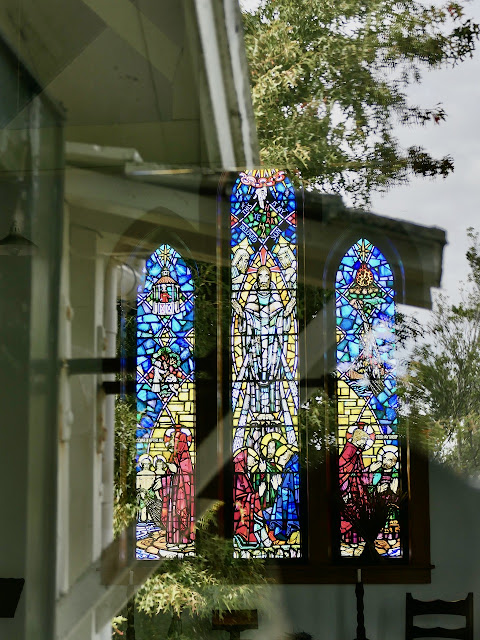
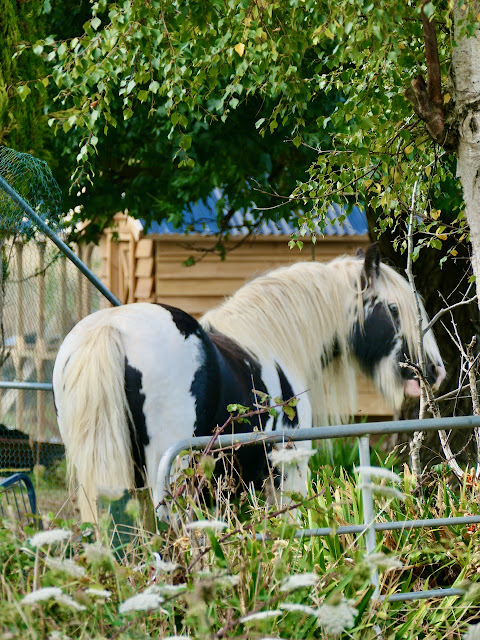














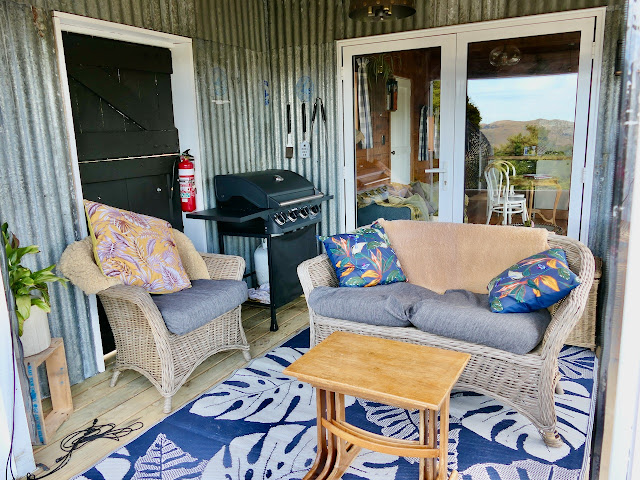

.jpeg)
.jpeg)




.jpeg)
.jpeg)
.jpeg)











.jpeg)
.jpeg)

.jpeg)


.jpeg)
.jpeg)




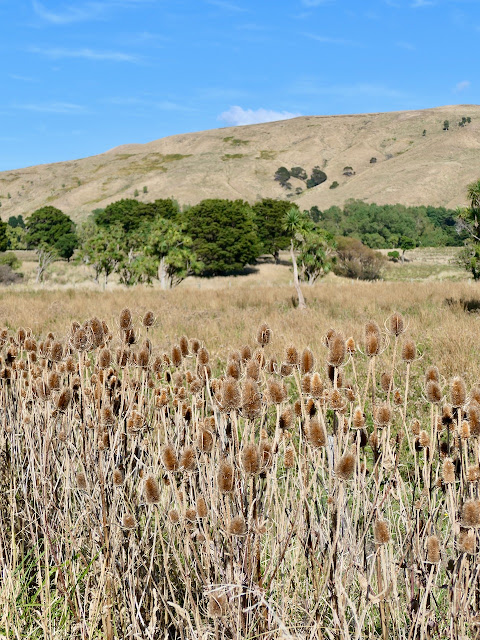

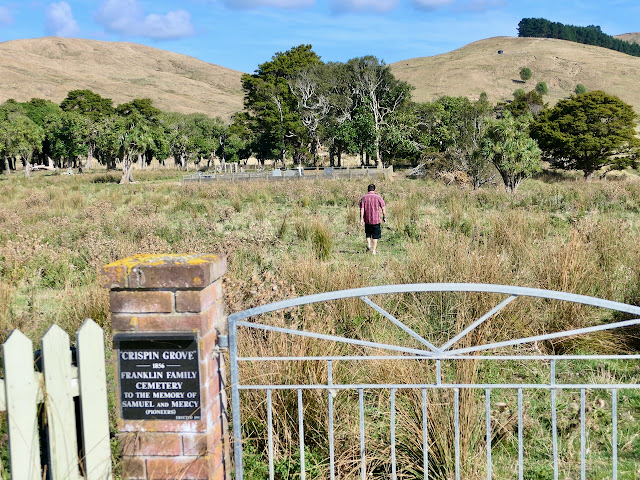




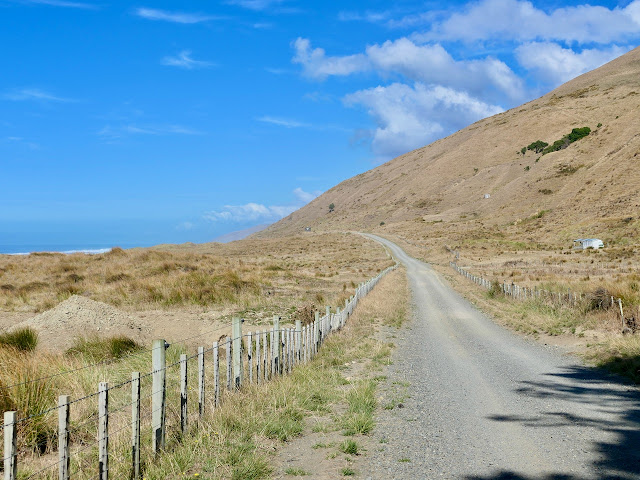




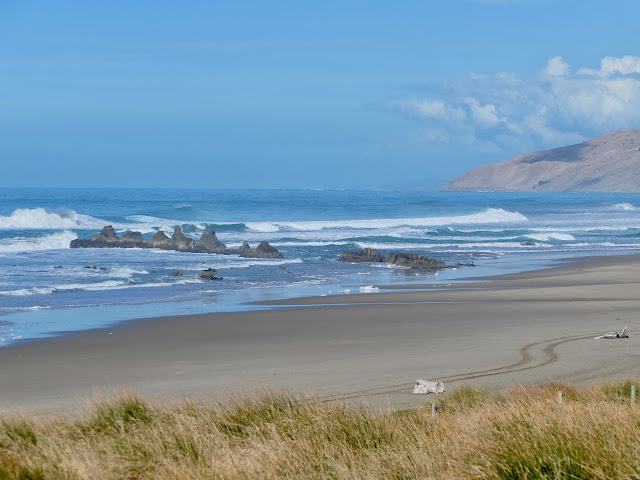




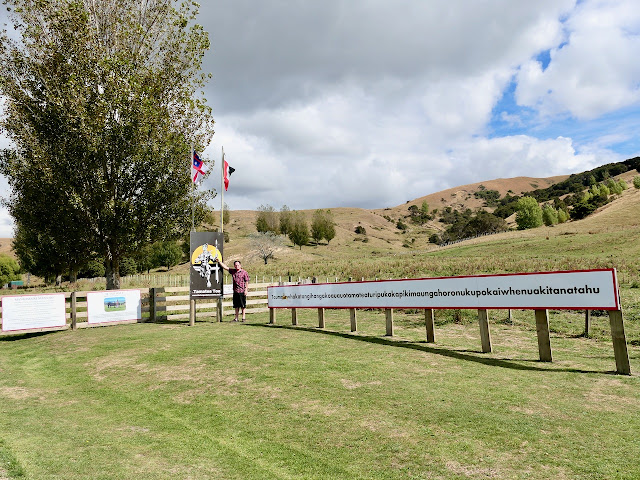






.jpeg)











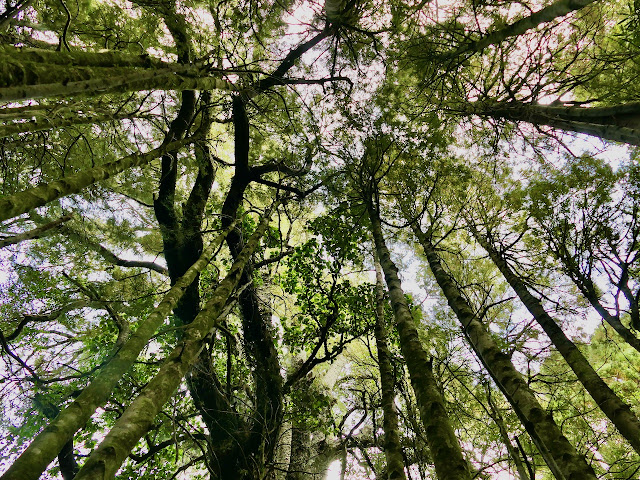







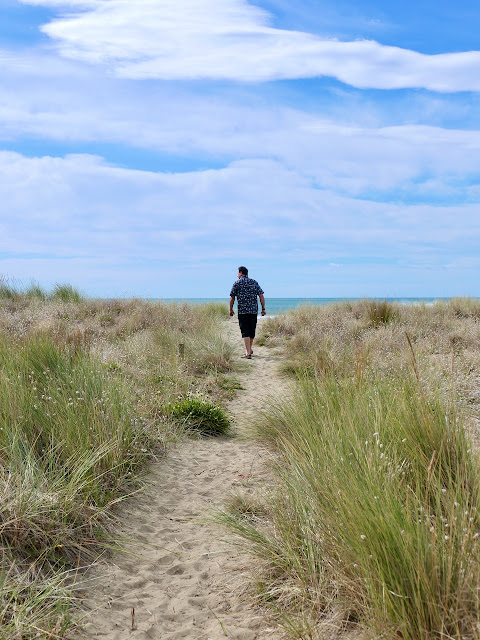
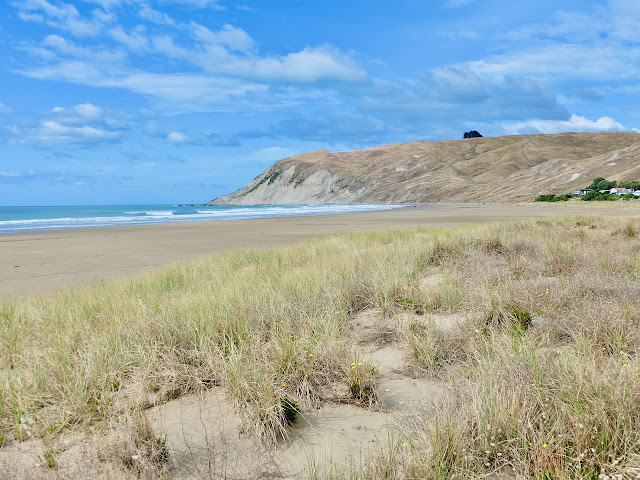






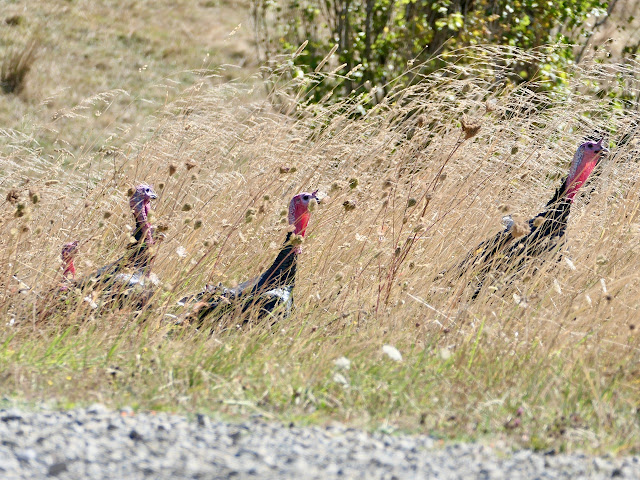





.jpg)
.jpeg)
.jpeg)


.jpeg)
No comments:
Post a Comment